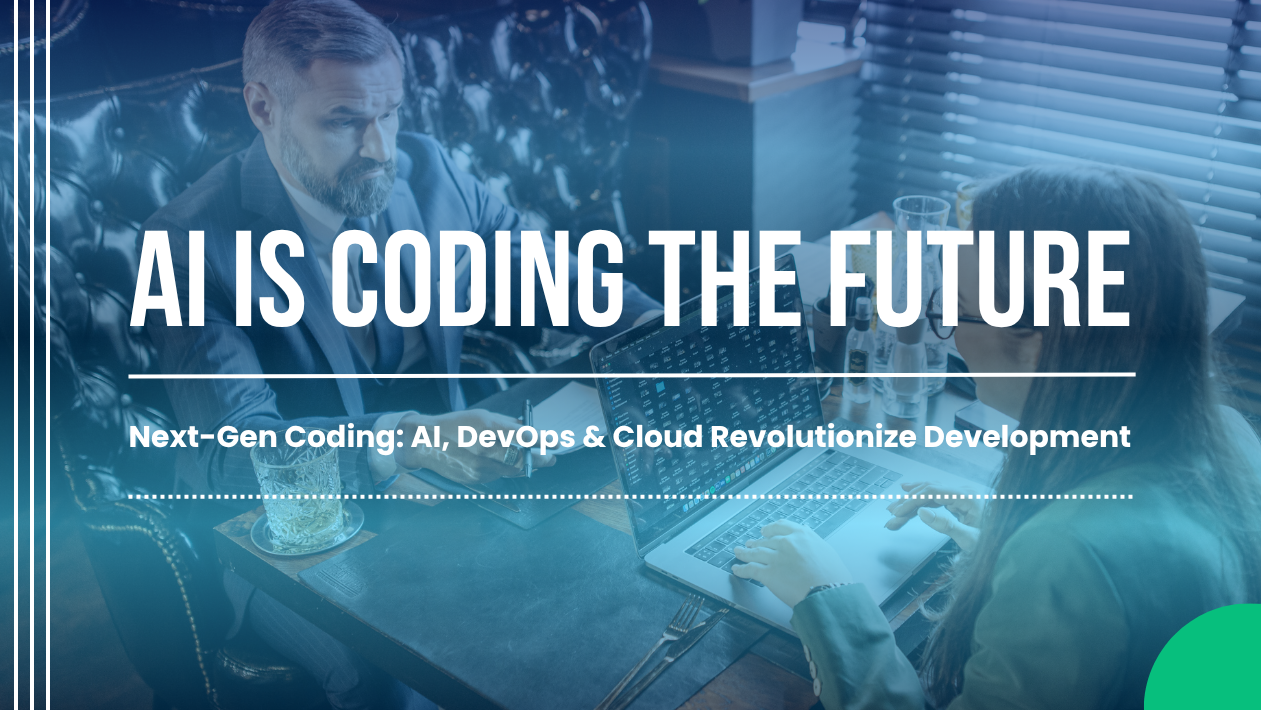Introduction
Composable infrastructure is a rising trend in cloud architecture. It refers to decoupling compute, storage, and networking resources into modular services that can be dynamically composed based on real-time business needs. This paradigm is transforming how B2B companies build scalable, efficient, and flexible infrastructure.
The Evolution from Converged to Composable
Traditional infrastructure followed a converged or hyperconverged model. Composable infrastructure breaks away from static architectures and introduces disaggregation of resources through API control, enabling on-demand provisioning.
Composable in the Cloud Era
Public cloud providers now offer composable tools—like AWS Nitro Enclaves, Azure Arc, and Google Anthos—that allow enterprises to dynamically allocate and reconfigure resources across hybrid environments.
Dynamic Workload Optimization
With composable infrastructure, workloads aren’t tied to specific hardware. They’re assigned optimal resources on-the-fly, based on performance metrics, making it ideal for analytics-heavy B2B services, like customer intelligence platforms.
Software-Defined Everything (SDx)
Composable systems are powered by SDx: software-defined storage, networking, and compute. This allows infrastructure changes through APIs rather than manual effort, enabling automation and agility.
APIs as the Glue
APIs are the foundation of composable infrastructure. They allow orchestration platforms to manage infrastructure components as code, letting businesses recompose environments in minutes, not days.
AI-Optimized Infrastructure
AI and ML help optimize resource allocation in composable systems. Real-time data about workload demands enables the AI to adjust infrastructure configurations autonomously for peak performance and cost-efficiency.
Edge-Friendly Architecture
Composable infrastructure is edge-compatible. B2B firms running IoT, manufacturing, or real-time logistics systems can deploy modular resources close to data sources while centrally managing them via cloud control planes.
Vendor-Neutral Deployments
Unlike proprietary hardware stacks, composable cloud-native infrastructure supports open standards, avoiding vendor lock-in and supporting hybrid strategies that span on-prem, edge, and cloud environments.
Security in Composable Models
Composable systems integrate well with centralized identity management, microsegmentation, and data encryption frameworks. Role-based access and real-time anomaly detection ensure infrastructure integrity.
Business Benefits for B2B Companies
- Faster time to deploy
- Better resource utilization
- Modular scaling
- Improved TCO
- Enhanced resilience
All of these align with the needs of modern enterprise ecosystems.
The Tech Whale’s Composable Vision
At The Tech Whale, we help clients leverage composable architecture to create flexible, scalable foundations for innovation. We build dynamic environments that evolve with business demands.
Future of Composable Infrastructure
Expect AI-defined infrastructure blueprints, deep integration with low-code/no-code tools, and API marketplaces for reusable infrastructure modules.
Conclusion Composable infrastructure represents the next evolution of cloud computing—dynamic, API-driven, and tailored to the real-time demands of digital business. B2B organizations embracing this approach are poised to outpace their competitors.





